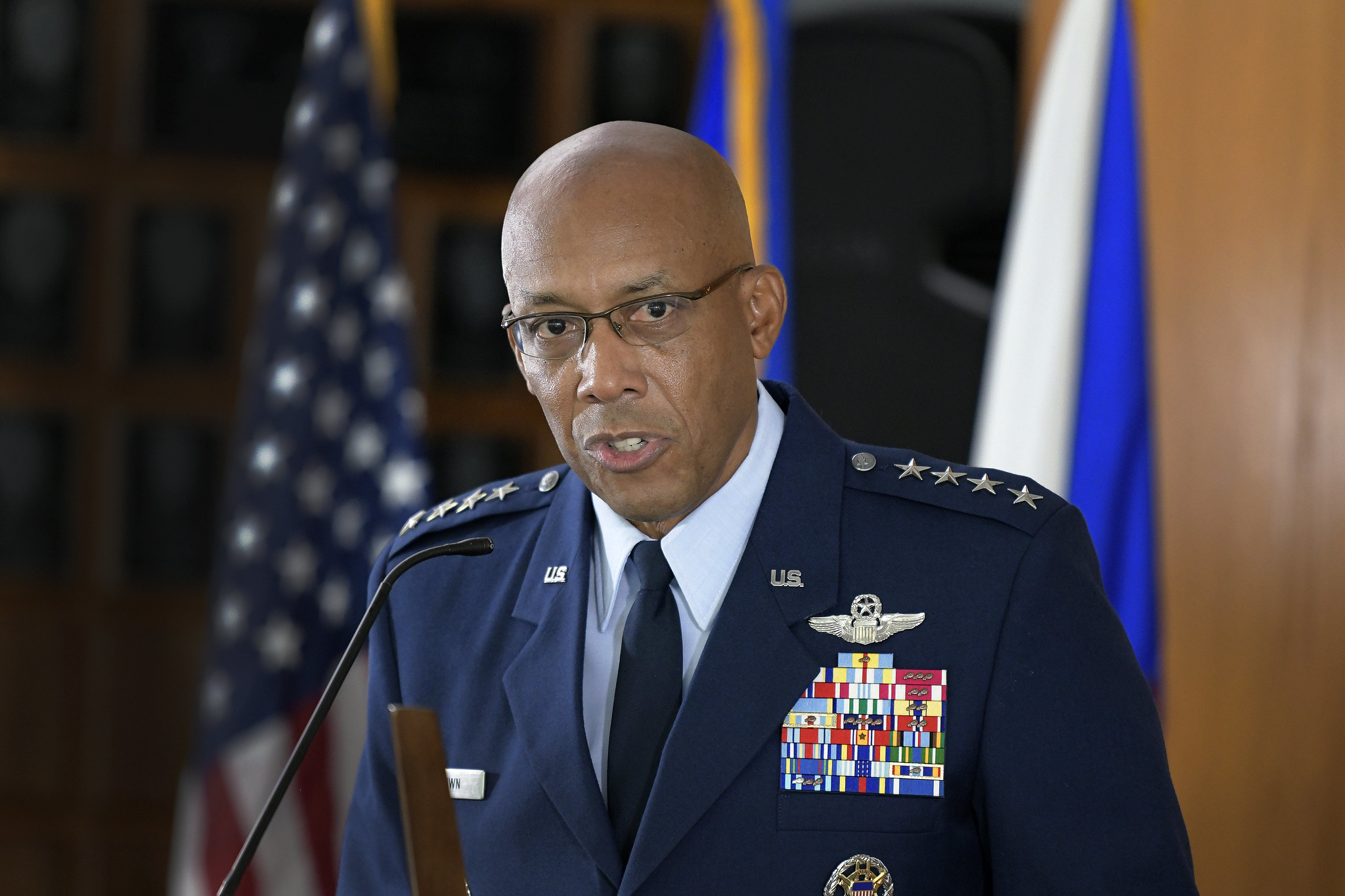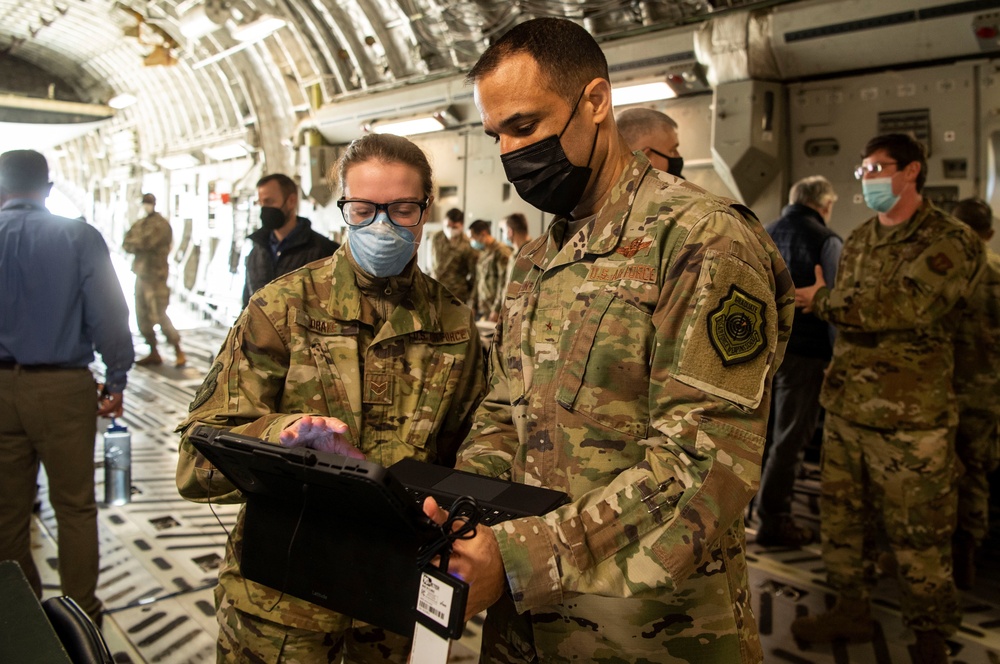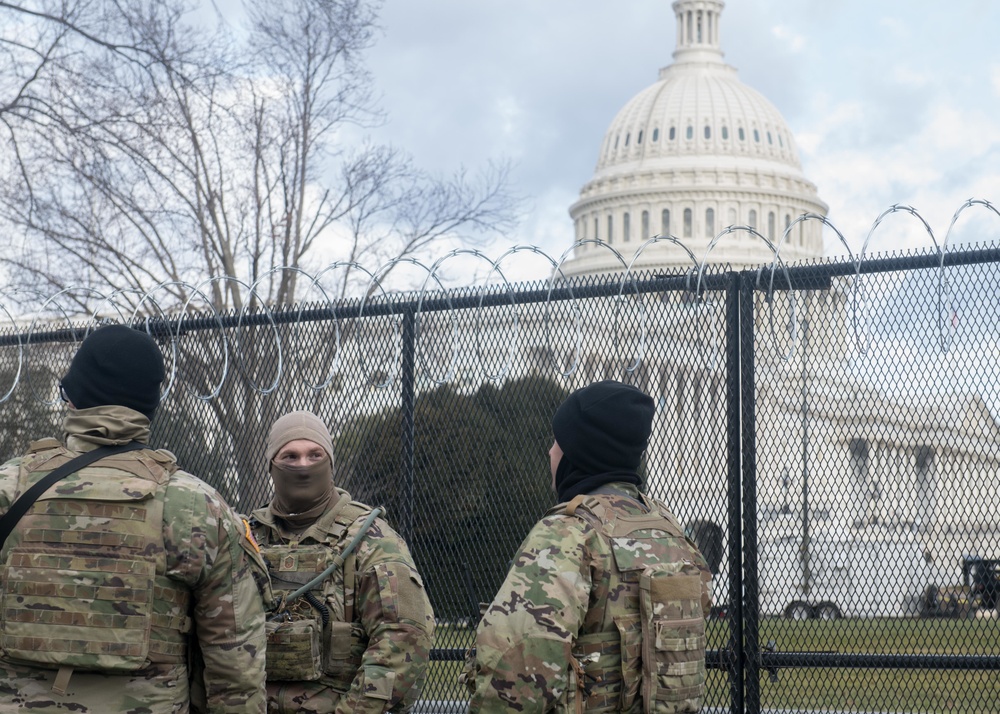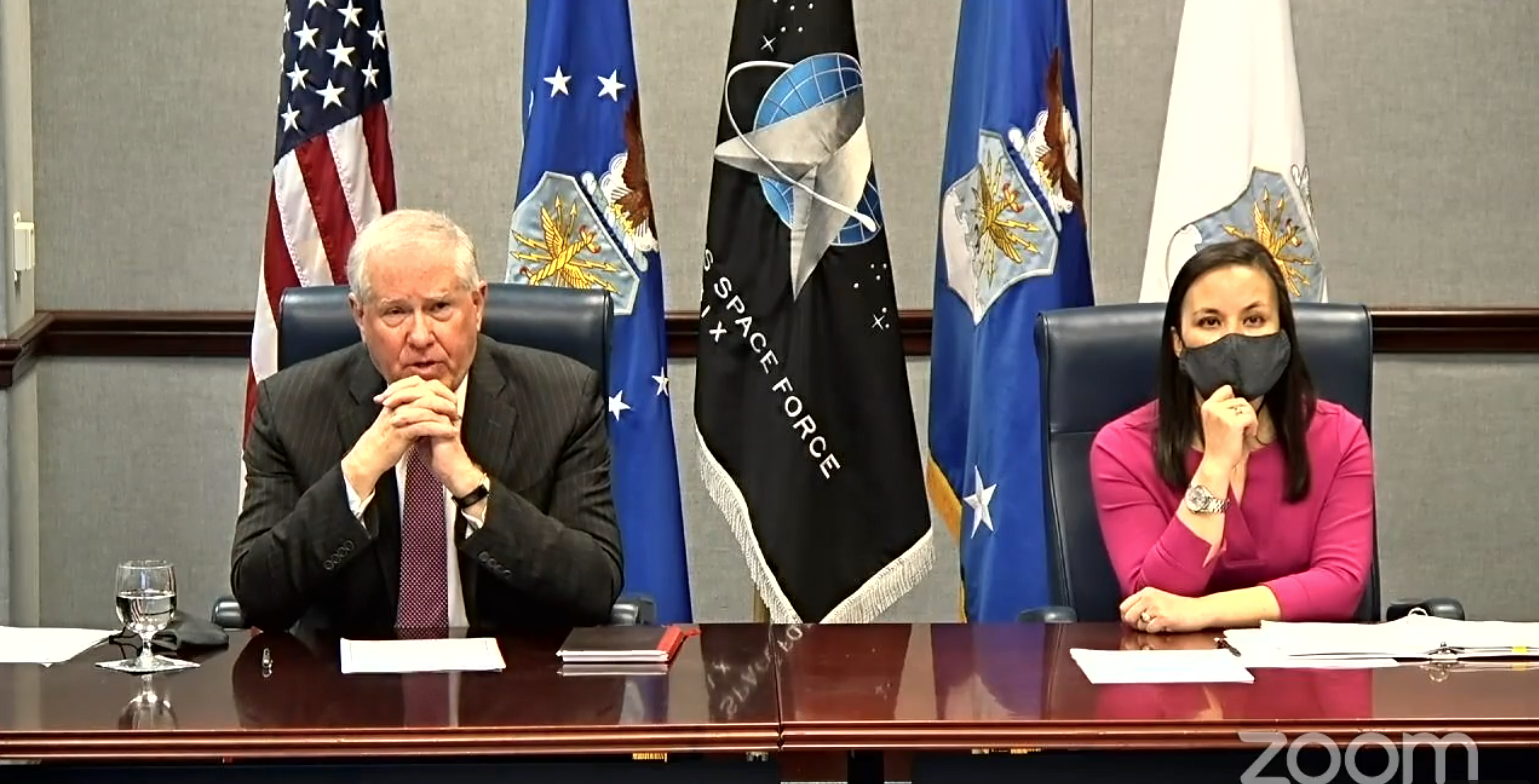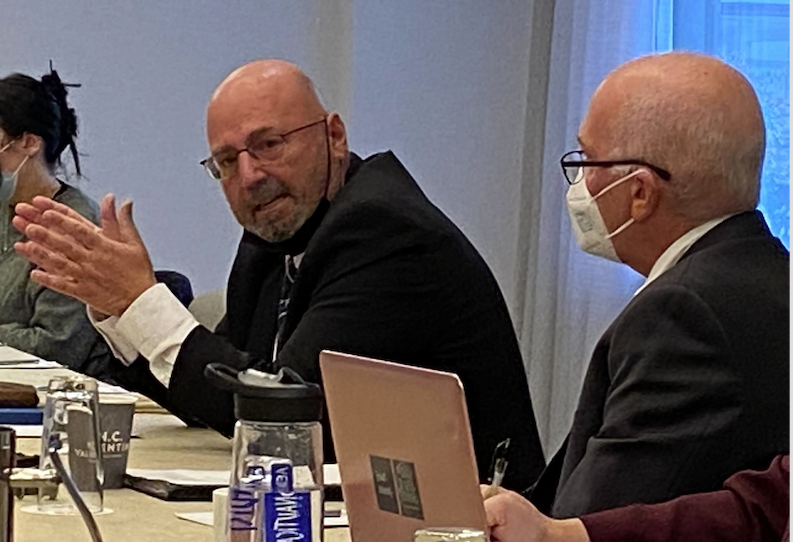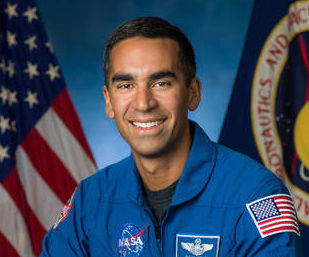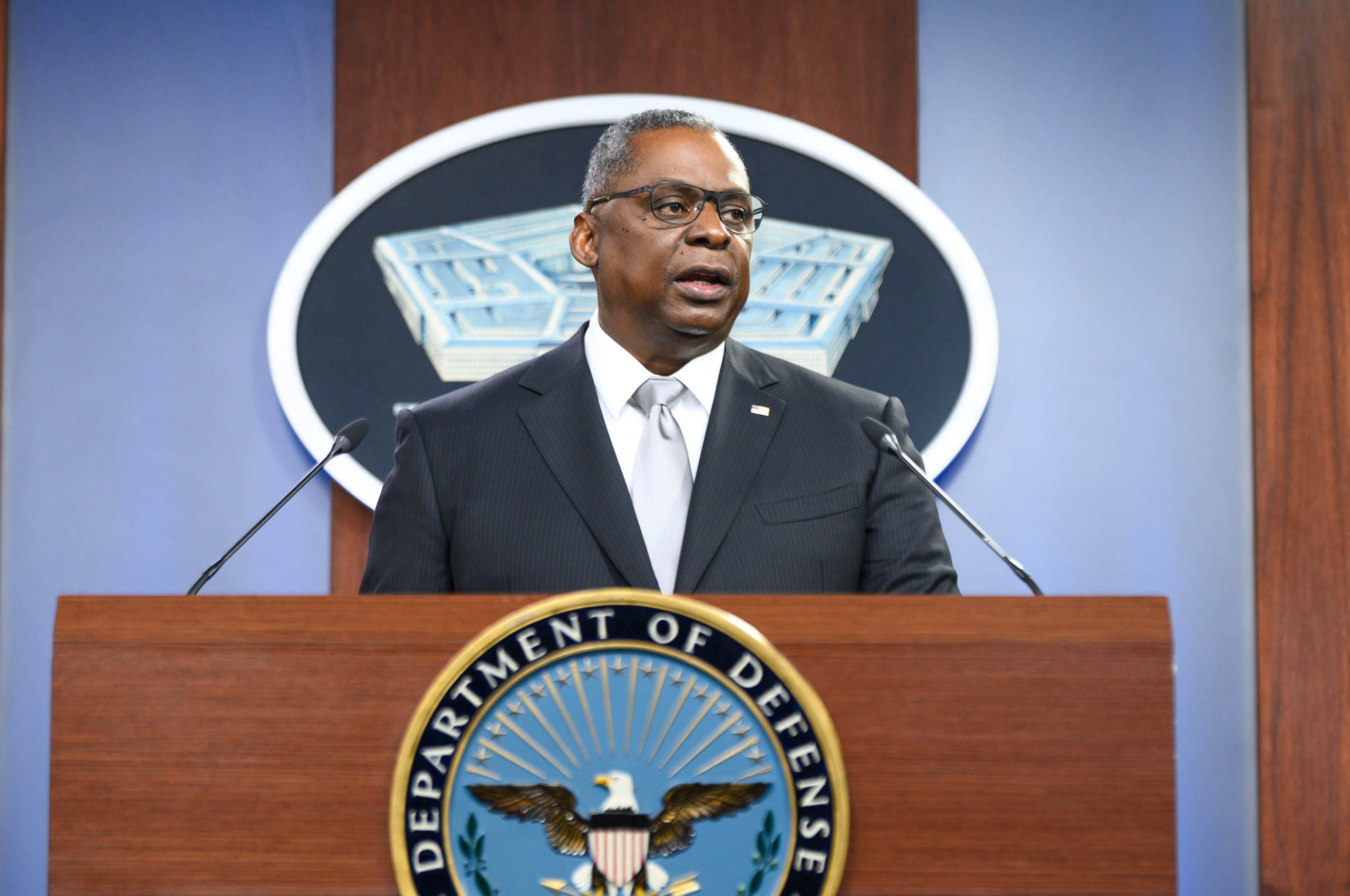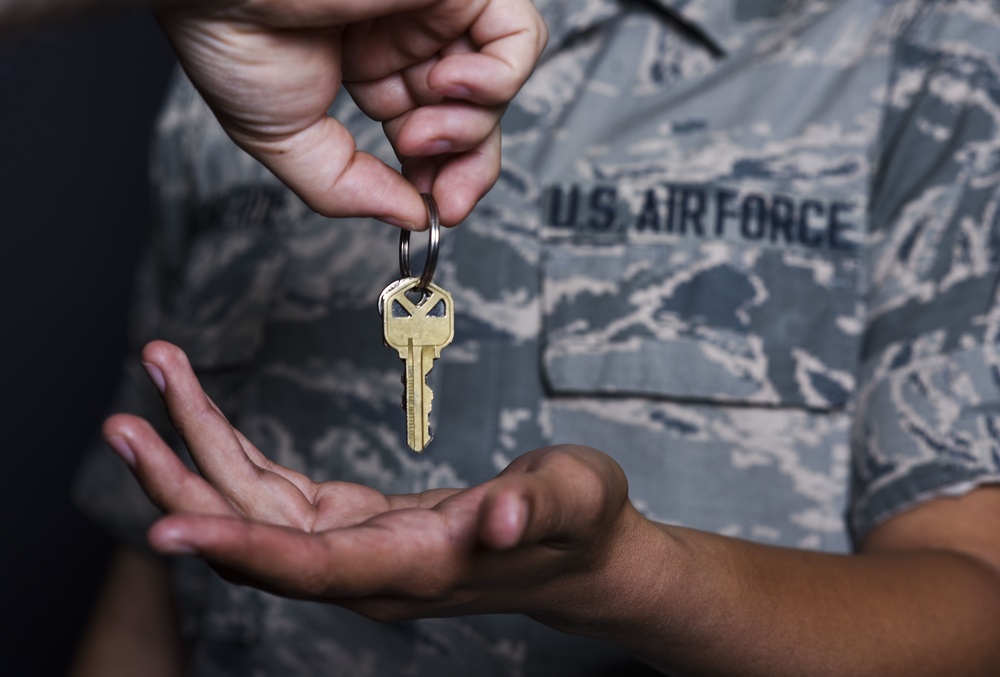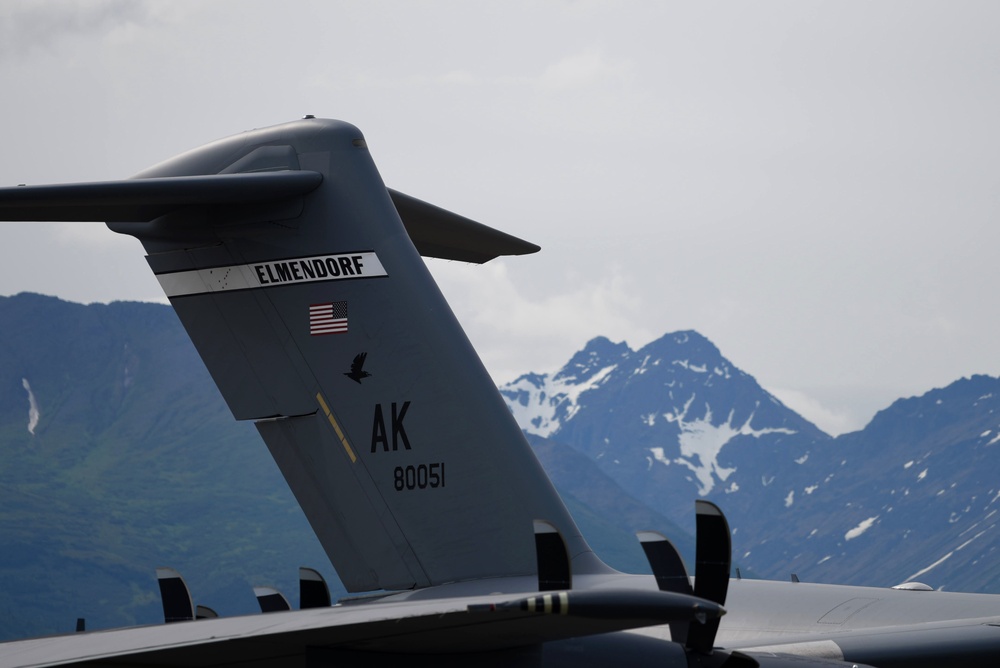Air Force Chief of Staff Gen. Charles Q. Brown Jr. added two new books, a podcast, and a documentary to his leadership library aimed at encouraging Airmen to expand their thinking, avoid “hindsight bias,” learn about their heritage, and find ways to remove potential barriers to service and/or promotion.
This is what he has to say about each selection:

Think Again, Adam Grant
“When was the last time you changed your mind? In Think Again, Dr. Adam Grant offers prescriptions for our Airmen to ‘rethink’ by seeking out information that goes against our entrenched or bureaucratic views. … Individual and collective rethinking should be done on a recurring basis to maintain our competitive advantage against our pacing challenge.”

“To inform our rethinking, Dr. Rush Doshi provides a masterclass on rethinking our blind spots regarding China’s strategic ambitions, … [by unpacking] the complex tapestry of China’s grand strategy.”

Knew It All Along, Katy Milkman’s Choiceology Podcast
“One rethinking pitfall, ‘hindsight bias,’ clouds how we view the past in the retrospect of the present,” writes Brown in a letter to Airmen. This podcast “shows us how to avoid selectively choosing details to make sense of the past.”
Red Tail Angels—The Story of The Tuskegee Airmen, Air Force Public Affairs
“Nearly 75 years ago, the Tuskegee Airmen pioneered a new paradigm of diversity within military aviation. Today, Action Order A challenges us to rethink the standards of our pilot selection process to identify and remove potential barriers,” Brown said.
